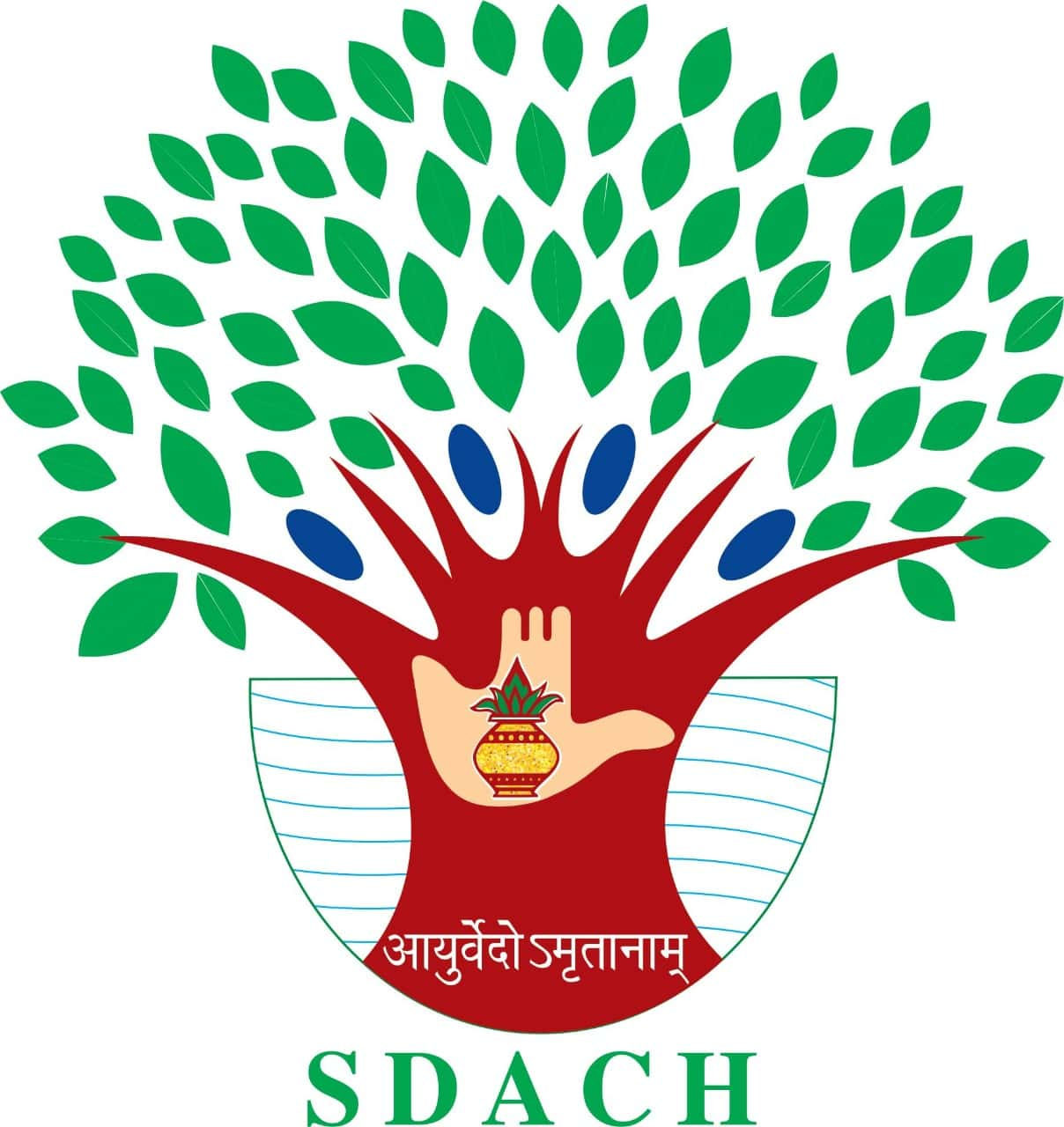Botanical name: Flacourtia montana J.Graham
Family name: Salicaceae (earlier classified under Flacourtiaceae)
Identification No.: SDACH/HG/317
Vernacular names:
Hindi: Kukshi, Katai
Marathi: Kanak
Tamil: Kundrimani
Telugu: Nallachintha
Kannada: Kanagale
Habitat & Distribution:
Found in the Western Ghats and Eastern Himalayas in India. Grows in tropical and subtropical regions, especially in hilly terrain.
Morphology
A small deciduous tree or large shrub, armed with spines. Leaves are simple, alternate, ovate to elliptic, and finely serrated. Flowers are small, greenish-yellow. Fruits are globose berries, purple-black when ripe, edible and slightly acidic.
Substitute/Adulterant:
Often substituted with Flacourtia indica or Flacourtia ramontchi due to similar morphology.
Phytochemicals:
Tannins
Flavonoids
Saponins
Phenolic compounds
Alkaloids
Raspanchaka:
Rasa: Kashaya, Tikt
Guna: Laghu, Ruksha
Virya: Sheeta
Vipaka: Katu
Prabhava: Vrana ropana
Dosha Shamakta: Pitta-shamaka
Karma (Rogaghnata)
Vrana ropana
Raktapitta hara
Atisara hara
Amayika Prayoga / Therapeutic Uses:
External: Used as a wound-healing agent, anti-inflammatory and in skin infections.
Internal: Helpful in bleeding disorders, dysentery, and as a mild laxative.
Part used: Fruit, Bark, Leaf
Dose:
Powder: 3–6 g
Decoction: 20–40 ml
Yoga / Formulations:
Traditionally used in tribal formulations; not commonly included in classical Ayurvedic formulations but sometimes appears in local preparations.
IUCN Status: Not Evaluated (NE)
Research Updates
1. Phytochemical and antioxidant analysis of Flacourtia montana – showed presence of bioactive compounds with antioxidant properties.
2. Wound healing potential – experimental studies suggest that ethanolic extract of the bark improves epithelialization.
3. Antibacterial activity – studies confirmed significant activity against Gram-positive and Gram-negative bacteria.







